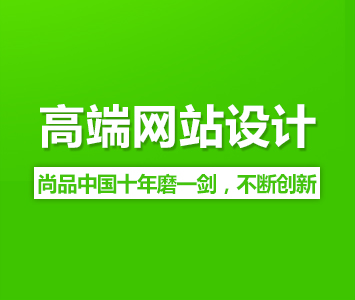-
simplified Chinese character -
Simplified Chinese English
Shangpin China Joins Hands with Beisheng Internet to Create a New Chapter in Website Construction
Web and App Practice User Experience Chapter How to Design Reasonable Mobile Applications for Multiple Screen Sizes

Station building process
-
Website requirements -
Website planning scheme -
Page design style -
Confirm delivery for use -
Data entry optimization -
Program design and development -
Follow up service -
contact number 010-60259772
Hot tags
-
Website construction -
Food website construction -
WeChat applet development -
Applet development -
Wuxi website construction -
Website construction of research institute -
Shenyang website construction -
Langfang website construction -
Zhengzhou website construction -
Construction of wedding photography website -
Mobile terminal website construction -
University website production -
Tianjin website construction -
Education website construction -
Brand website construction -
Government website construction -
Beijing website construction -
Website Design -
Website production
Latest articles
-

Website construction scheme: Fresh makeup aesthetics website Type: website construction 2025-03-13 -

Enterprise website construction plan: create a new business card for the network and open the digital future Type: website construction 2025-03-11 -

High end website production solution Type: website construction 2025-02-18
Recommended News
-
[Beijing website production] On the role of microblog marketing in website promotion On the role of microblog marketing in website promotion With the growing youth of online people, the characteristics of online interactivity 2012-10-26 -
What are the advantages and functions of the website construction system of urban sub stations? With the continuous development of the Internet, more and more enterprises begin to use websites for marketing and publicity 2024-03-30 -
How does college website construction reflect professional preciseness? With the rapid development of the network, many parents and students know that schools usually search through the network platform, especially 2023-07-22 -
What are the aspects of the group website construction? How to do it? The group website is certainly different from some ordinary websites. In fact, many people are conducting group websites now 2023-10-31 -
Several Preparations for SEO before Enterprise Website Construction As an SEO, you should make a good plan in advance when building a corporate website, or wait until you find problems and then modify them 2013-07-20 -
What is the significance of building a website? Look at the help to the development of enterprises In today's Internet era, enterprises basically have one or more websites. However, for various reasons, the network 2021-05-11
Make an appointment with a professional consultant to communicate!
Disclaimer



